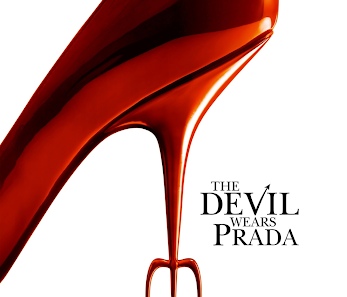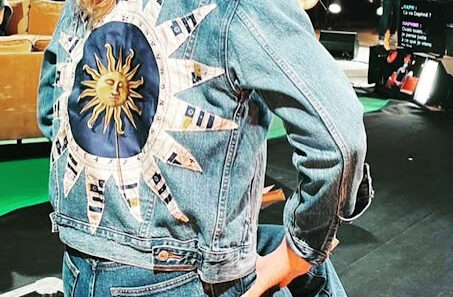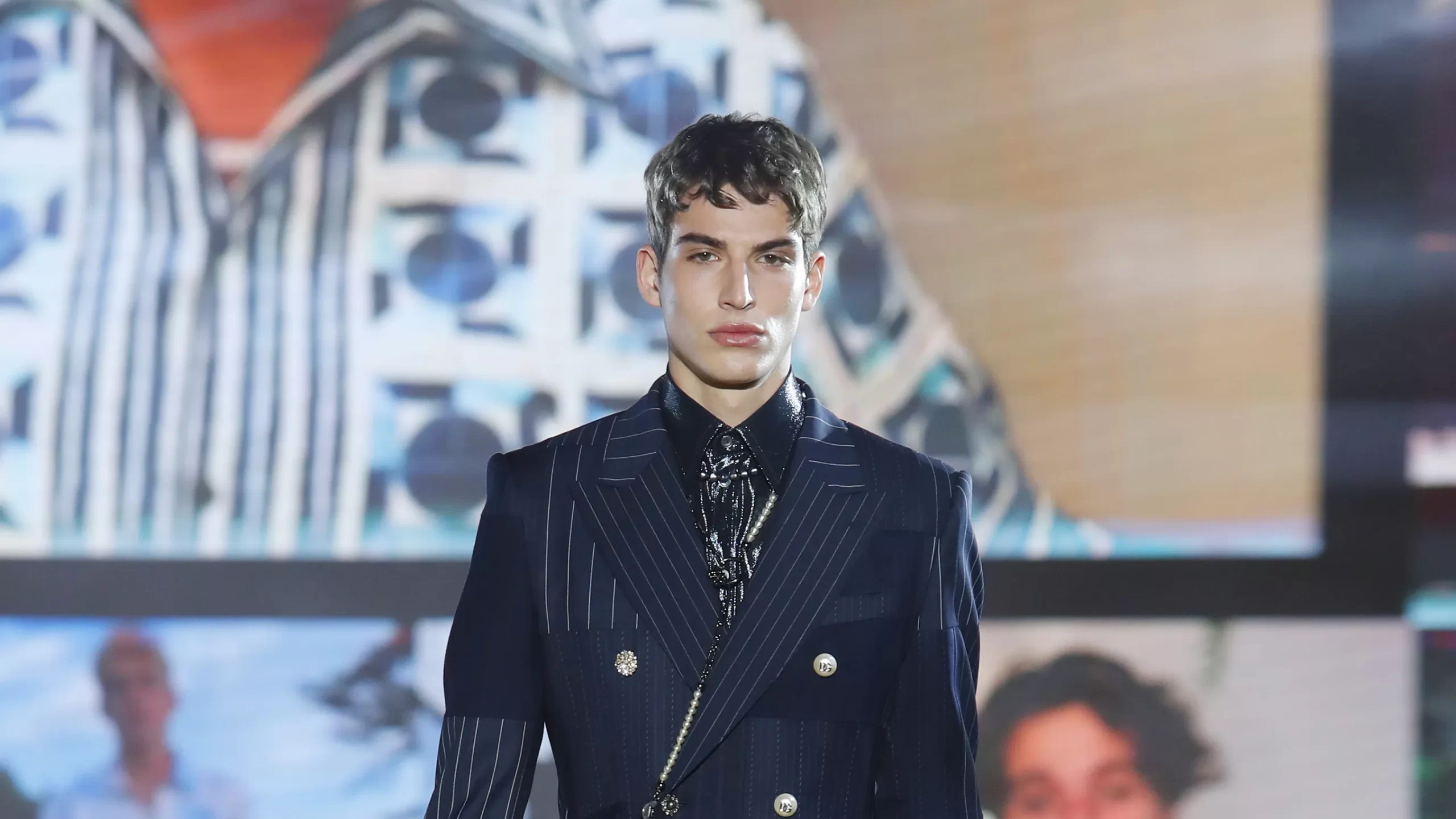Every year, the Met Gala arrives like a thunderclap in the fashion world; a spectacle of style, glamour, unforgettable boldness, and iconic creativity that captivates millions. But beneath the flashing cameras and red-carpet drama lies a quieter, more profound dialogue about fashion’s true place in culture. As someone who chronicles the link between fashion and society for my column here, the 2026 theme Costume Art feels like an overdue reckoning and a challenge to centuries-old assumptions that have relegated fashion to the fringes of “real art.”
The Hierarchy of Art: Why Fashion Has Always Been Underestimated
Fashion has long struggled for acknowledgement and recognition within the established art canon. For centuries, the painter’s brush, the sculptor’s chisel, and the musician’s score reigned supreme, while fashion was dismissed as a fleeting commodity, a superficial subset, a mere accessory to life rather than a form of intellectual or aesthetic expression. Art history’s fixation on permanence and “high” culture pushed fashion to the margins, seen as craft rather than art, industry rather than inspiration.
But this dismissal ignores fundamental truths: fashion is inherently artistic. It involves composition, colour, textures, innovation, and storytelling. Designing a garment or even styling a look is akin to painting with fabric and form, sculpting identity and cultural narrative. When we consider iconic pieces like the structural genius of Charles James’ ballgowns, the surreal visionary collaborations of Elsa Schiaparelli and Salvador Dalí, or the boundary-pushing designs of Rei Kawakubo, we see undeniable artistry that transcends utility and function.
Costume Art: More Than a Theme; It’s a Challenge to Artistic Prejudice
The 2026 Met Gala’s Costume Art theme is a bold, timely challenge to the art world’s longstanding prejudices. Even though the dress code for the 2026 Gala has not been announced yet, the theme urges us to look beyond fashion’s surface–past the transient trends and consumer cycles–and recognise the artistry baked into every stitch, fold, and flourish. This theme aims to elevate fashion from “clothes” to a vital art form, emphasising that the way we adorn our bodies is a creative act just as profound as painting or sculpture. It’s beautiful, it’s raw, and it’s enticing.
Curator-in-Chief Andrew Bolton captured this essence when he said, “I wanted to focus on the centrality of the dressed body within the museum, connecting artistic representations of the body with fashion as an embodied art form.” His words remind us that clothing is not just an accessory to our bodies but a direct expression and extension of identity, culture, and art itself. It turns the body into a canvas, and at the Met, this idea will be celebrated through an exhibition opening come spring 2026, featuring pieces that exemplify the deep relationship between the human form and the garments that define it.
This exhibition will showcase how clothing transforms the body into an artwork, whether through sculptural couture, wearable sculptures, or fashion that challenges normative ideas of beauty and identity. It will explore the ways in which garments can embody cultural history, political messages, and social narratives, capturing the complex dialogue between art, fashion, and human experience. Fashion has always had ties to society; fashion changes as the economy, society, and politics change. The 2025 and 2026 themes uphold this, as well as the recent changes in style and trends.
Fashion’s Dialogue with Society: The Artifice and Authenticity of Identity
In today’s hyperconnected world, discussions about cultural appropriation, identity politics, and representation have catapulted fashion to the forefront of societal and online discourse. The red carpet is no longer merely a parade of beauty; it is a powerful stage for political statements, reclamation of culture, and the contestation of norms.
The Met Gala, year after year, becomes a microcosm of these debates. Consider 2024’s Black Dandyism theme, which elevated expressions of Black identity and style to an art form, challenging racist cultural erasures. The theme’s Superfine: Tailoring Black Style showcased how tailored silhouettes became acts of resistance, elegance, and history.
Costume Art continues this trajectory by highlighting fashion’s capacity to carry memory, myth, and meaning. It celebrates how designers channel the surrealist brush of Elsa Schiaparelli or the sculptural mastery of Charles James, or reinterpret historical and contemporary sociopolitical themes through fabric and form. The exhibition aims to deepen our understanding of the “indivisible connection between our bodies and the clothes we wear,” as Bolton emphasises. Clothes, in this context, are not mere covers but are expressions of our lived experience, embracing ageing, gender, cultural identity, and societal values.
The Body as Living Canvas: Where Costume Meets Embodiment
Andrew Bolton’s vision: “the centrality of the dressed body within the museum connecting artistic representations of the body with fashion as an embodied art form” underscores that clothing is not just ornamentation but is an ongoing dialogue with our physical and emotional selves. The exhibition will challenge the tendency to abstract or glorify the body, instead celebrating its diversity and vulnerability. It champions garments that reflect age, gender, body types, and cultural backgrounds, emphasising that fashion’s true artistry lies in its capacity to mirror human reality.
This focus on embodiment also shifts the conversation around beauty, which is a core and paramount theme of artistic expression. With displays that include ageing and pregnant bodies, as well as diverse physiques, the exhibit will openly challenge traditional standards of beauty, advocating a broader, more inclusive definition of aesthetic excellence.
Lessons from the Red Carpet: When Fashion Transforms into Performance
The Met Gala’s red carpet is fashion’s grand theatre. It’s where we witness designers and celebrities collaborate to produce living artworks that narrate complex ideas. Some looks pay explicit homage to art movements like Surrealism or Pop Art; others convey political and personal statements and narratives through colour, shape, and symbolism.
Recall Rihanna’s Guo Pei gown at the 2015 China: Through the Looking Glass Gala, a majestic yellow masterpiece embroidered with floral motifs and weighing over 50 pounds, exemplifying craftsmanship and cultural storytelling. Or Lady Gaga’s 2019 Camp performance, a theatrical sequence where she shed layers of outrageous outfits: each a statement on identity, artifice, and creation.

These moments fortify that fashion (like art) is performative, provocative, and deeply expressive. The Costume Art theme will challenge designers and celebrities to push beyond fashion, as fashion, urging them to craft visual narratives rooted in history, mythology, and societal issues.
Fashion and the Digital Age: Online Debate and Society’s Engagement
Amidst this, the ongoing social media discourse is vital. Conversations about cultural appropriation, authenticity, and the politics of representation animate platforms like Twitter and TikTok. Each viral look sparks debate about what constitutes art and what crosses the line into cultural insensitivity.
Fashion’s digital democratisation allows marginalised voices to critique and reshape the narrative, challenging the privileging of “high art” standards. The Costume Art theme acts as a rallying cry for that discussion: celebrating diverse stories, artistic innovation, and the vital significance of clothing as cultural expression.
Toward a Broader Art History
The enduring struggle is: Why is fashion still considered separate from traditional art? This question echoes in galleries, museums, and classrooms alike. As the costume collections grow in prominence, it’s clear that the art world might hopefully expand its definition to include fashion as a dynamic, living art form that evolves with society.
The Costume Art exhibition at the Met will do more than showcase beautiful clothes; it will challenge us to see fashion as a vital, expressive, and transformative artistic language. Its influence extends beyond aesthetics, shaping cultural dialogue, identity formation, and societal change.
Closing Reflection: What the Future Holds
The 2026 Met Gala, with its Costume Art theme, is set to be more than a spectacular dress-up and, hopefully, a statement about the power of fashion to reflect its stance in society. As I watch the preparations unfold, I see it as a moment of breakthrough: fashion finally stepping into the art world’s heart, embracing its role as a conduit of cultural memory, artistic expression, and individual identity.
More than glamour, this will be an act of cultural reclamation and an affirmation that clothing is art, and that the artistry of fashion deserves recognition, reflection, and respect. This is the year fashion meets art in a profound way, and I believe this dialogue, sparked by the Costume Art theme, will resonate far beyond the red carpet.

















